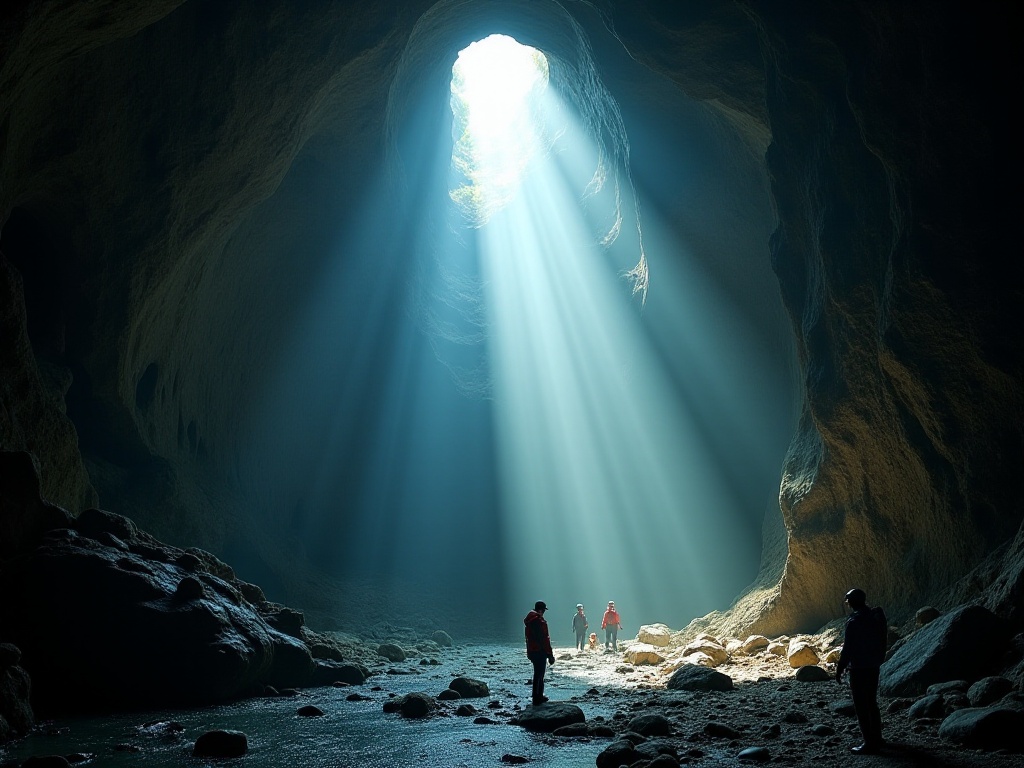First Encounter with the Arctic Circle
When I first came up with the idea of going to Svalbard, my friends all looked at me like I was crazy. They exclaimed, "Are you insane? That's at 78 degrees north latitude!" Indeed, Svalbard lies within the Arctic Circle, with an average winter temperature of -14°C, and more incredibly, it experiences four months of polar night. However, these unique geographical and climatic conditions make Svalbard one of the best places on Earth to view the Northern Lights.
I clearly remember being stunned by the data when I first researched this place. It's one of the northernmost human settlements in the world, only about 1,300 kilometers from the North Pole. Here, you might encounter more polar bears than humans, with approximately 3,000 bears in the area. The winter brings four months of polar night, while summer features four months of midnight sun where the sun never sets.
These unique phenomena deeply attracted me. I began frantically searching for everything about Svalbard, from its geography to climate, from history to modern life. The more I learned, the more determined I became to go there. This wasn't just a trip, but a true adventure.
Preparation
Going to Svalbard is definitely not a spontaneous journey. The preparation work was more complex than any of my previous travels. The primary concern was equipment. In such extreme climate conditions, proper equipment is literally a lifeline.
I spent an entire month researching various polar equipment. From inside out, each layer had to be carefully selected. The most essential was the fleece underwear, the first line of defense for maintaining body temperature. I chose Merino wool underwear, which not only keeps warm but also quickly absorbs sweat, preventing the body from cooling due to sweat accumulation. For the middle layer, I chose double-layer wool clothing mainly responsible for insulation. The outer layer was a windproof and waterproof hard shell jacket, which must withstand the strong polar winds and snow.
Shoe selection was also crucial. I specifically purchased boots that could withstand temperatures down to -40°C. These boots needed to be not only warm but also slip-resistant, as traction is equally important when walking on snow and ice-covered surfaces. Besides boots, I also prepared professional crampons for future glacier hiking.
Gloves were configured in three layers: an inner layer of touchscreen gloves for using phones and cameras; a middle layer of insulating gloves; and an outer layer of waterproof and windproof gloves. Headwear was double-layered: a wool hat inside and a windproof hat with ear protection outside.
Besides clothing equipment, I prepared extensive photography gear. For capturing the aurora, I purchased a full-frame camera, wide-angle lens, tripod, and plenty of batteries (which drain particularly quickly in low temperatures). I also prepared a specialized cold-weather camera bag to protect the equipment in extreme cold conditions.
Protective gear was also essential. I prepared sunscreen (UV radiation is very strong in polar regions), lip balm, hand cream, and other skincare products. I also packed some basic medical supplies, including band-aids and cold medicine.
Regarding documentation, besides regular passport and visa, I also purchased specialized travel insurance, which is mandatory for polar travel. I also recorded detailed contact information for local medical facilities in case of emergency.

Polar Encounters
Of all experiences in Svalbard, the most memorable were encounters with wildlife. This is a paradise for polar bears, with statistics showing more bears than humans on the archipelago. Because of this, residents must carry rifles when going outside to protect against potential polar bear attacks.
I remember that morning when our group set out on snowmobiles to explore nearby glaciers. Before dawn had fully broken, the polar twilight cast a mysterious blue light over the snow-covered world. Suddenly, our guide signaled us to stop. He pointed to the ice in the distance, and following his direction, I saw a massive polar bear casually foraging.
That was my first time seeing a polar bear in the wild. It was even larger than I had imagined, its white fur gleaming softly in the morning light. We maintained a safe distance, turned off our snowmobile engines, and held our breath while observing this king of the Arctic. It seemed completely indifferent to our presence, continuing to search for food on the ice. Occasionally, it would raise its head, sniff the air with its black nose, and then continue its foraging journey.
Besides polar bears, we also encountered Arctic foxes. These small animals change to pure white fur in winter, perfectly blending into the snowy environment. Once, an Arctic fox stood less than ten meters from us, curiously examining these unexpected visitors. Its gaze was alert and lively, occasionally tilting its head as if wondering what kind of creatures we were.
By the sea, we saw groups of seals. They lazily lounged on ice floes sunbathing, occasionally wiggling to adjust their position. When our boat approached, some timid seals would quickly slip into the water, while braver ones would raise their heads and watch us with their round eyes.
Most excitingly, we saw Svalbard reindeer. Compared to reindeer elsewhere, Svalbard reindeer are smaller, an adaptation to the harsh polar environment. They walked elegantly through the snow, occasionally pawing through the snow with their hooves to find moss and lichen beneath.
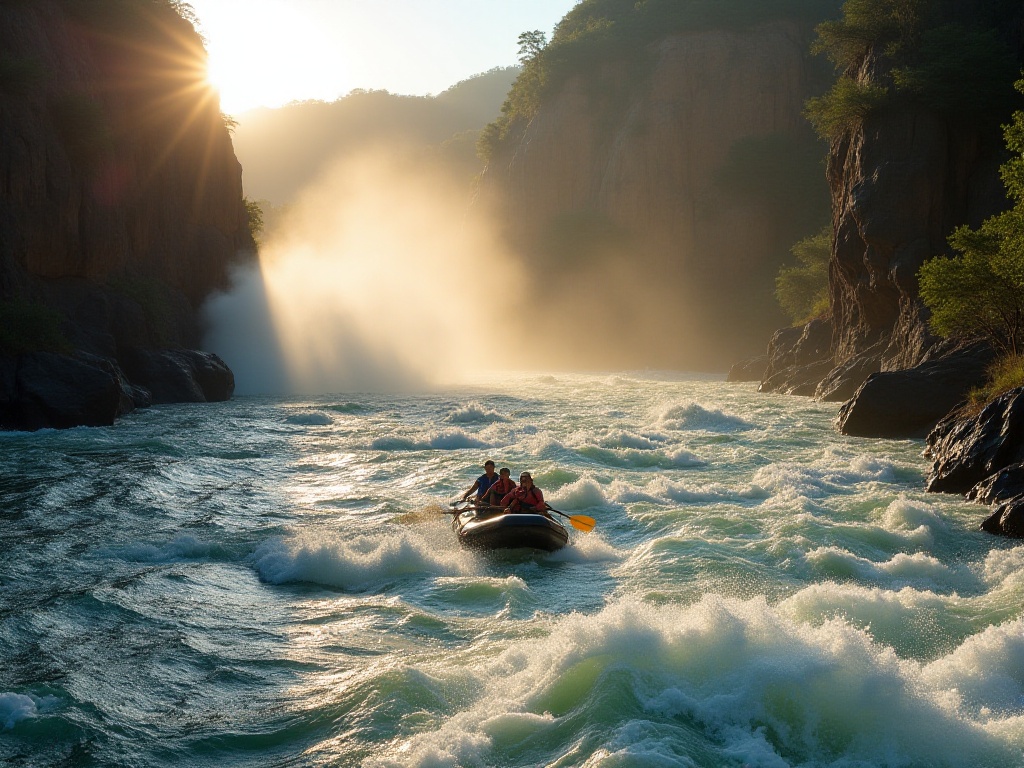
Chasing the Aurora
Speaking of aurora viewing in Svalbard, this location is uniquely advantageous. Due to its special position, auroras can be seen not only at night but sometimes even during the day. This phenomenon is extremely rare worldwide and is one of Svalbard's unique features.
I'll never forget the first time I witnessed the aurora. That day, the temperature dropped to -20°C, but the sky was exceptionally clear. Our group followed the guide to a location far from town. There, without any artificial light pollution, the sky appeared in its purest form.
At first, there were only countless stars dotting the sky. Suddenly, someone exclaimed. Looking up, I saw a faint green light appear in the sky. Initially, this light was very weak, like a thin veil floating in the horizon. But gradually, it became brighter and began dancing across the night sky.
The aurora was like a green ribbon, dancing gracefully in the dark sky. Sometimes it would suddenly become extremely bright, as if illuminating the entire sky; other times it would slowly fade, leaving only a faint glimmer. Most magical was how the aurora would change colors. Besides the most common green, sometimes purple, pink, and even red lights would appear.
Under the aurora, everything was bathed in a dreamlike glow. The snow reflected the aurora's colors, and the whole world seemed enchanted. At that moment, everyone fell silent, deeply moved by this natural spectacle. We stood there gazing at the sky, experiencing nature's masterwork.
To photograph the aurora, I had made thorough preparations. Using a wide-angle lens, mounting the camera on a tripod, and adjusting appropriate exposure parameters. But truthfully, no matter how beautiful the photos, they can't fully capture the aurora's magic. That sensation of lights flowing across the night sky, that beauty of colors changing in an instant, these are things one must experience personally to truly appreciate.
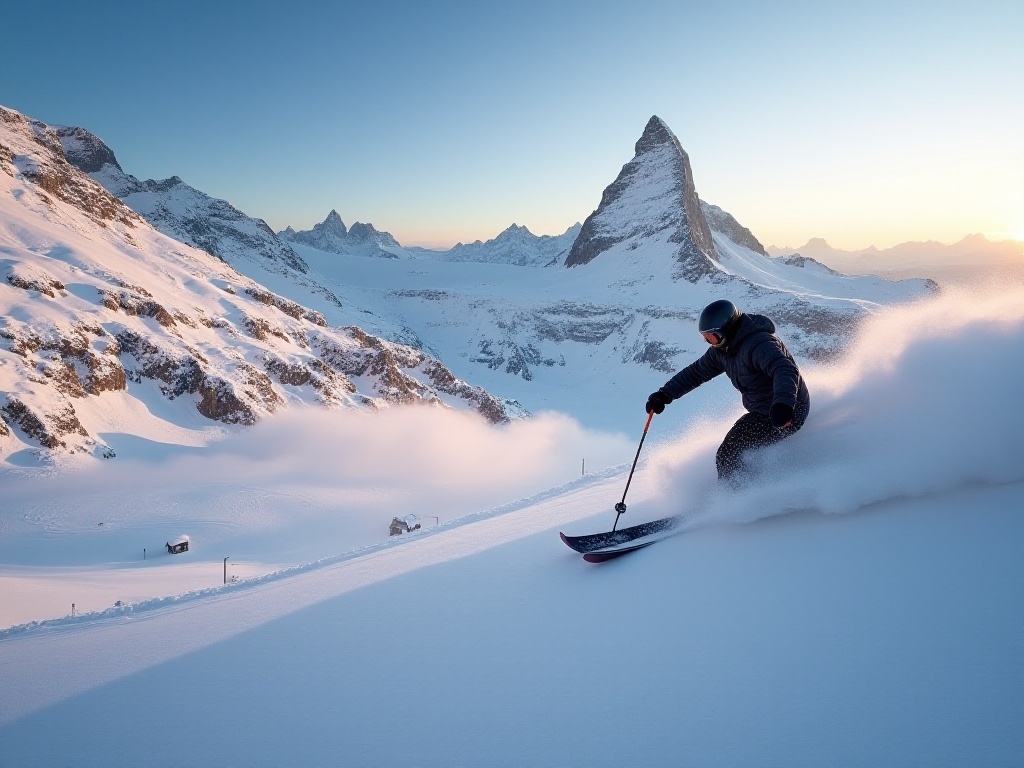
Glacier Exploration
Among the many experiences in Svalbard, glacier hiking was definitely the most challenging. The glaciers here have existed for thousands of years, witnessing Earth's climate changes. Standing on a glacier, knowing that thousands of years of ice layers lie beneath your feet, creates a sense of awe for nature.
Before glacier hiking, we had to receive professional safety training. The guide detailed how to use various equipment: crampons, ice axes, safety ropes, etc. He particularly emphasized the need to remain vigilant while walking on glaciers, as surface crevasses could be dangerous if one fell in.
The moment I put on crampons, I truly understood their importance. The metal teeth dug deep into the ice, allowing us to walk steadily on the slippery surface. The ice axe in hand not only helped maintain balance but could also be used for self-arrest if necessary.
During the hike, our guide continuously explained glacier knowledge. How these glaciers formed, why they have different colors, why there are bubbles inside, etc. Most shocking was the impact of global warming. The guide told us that over the past 40 years, Svalbard's glacier area has decreased by 14%. This number is alarming and made us more deeply understand the importance of environmental protection.
While walking on the glacier, we saw many unique glacial landforms. Some areas formed deep crevasses that seemed bottomless; others had glacial rivers with clear meltwater flowing across the ice; some areas formed glacier caves that emitted mysterious blue light.
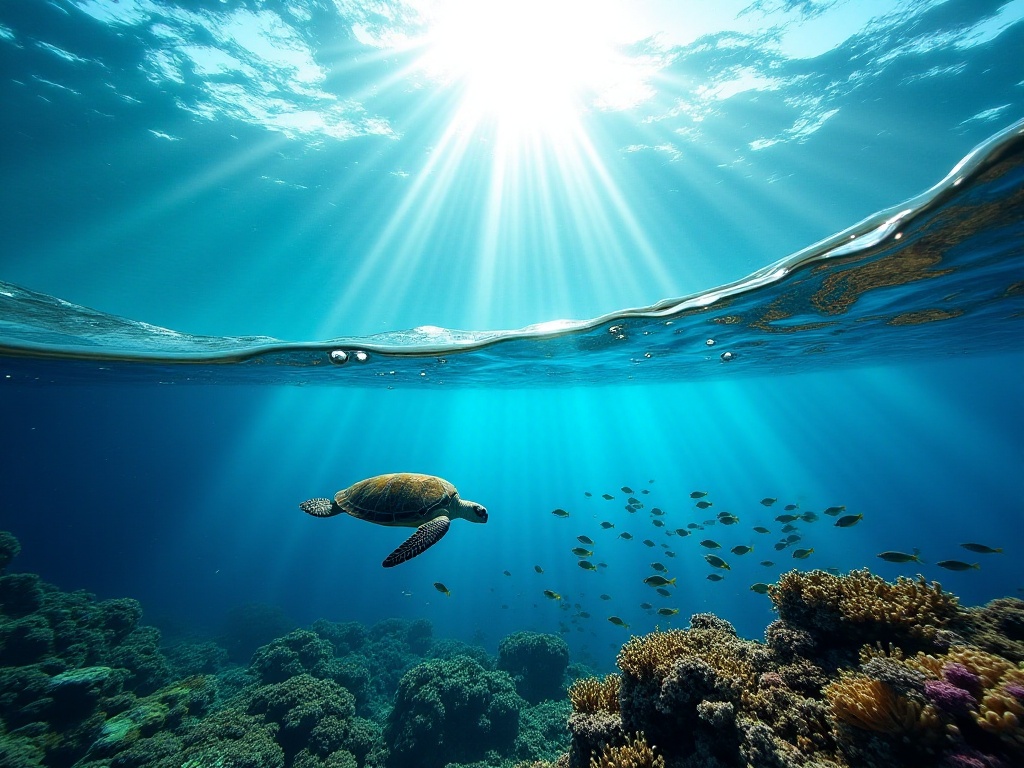
Dog Sledding
When it comes to polar travel, dog sledding is perhaps one of the most iconic experiences. In Svalbard, this isn't just a tourist activity but a traditional mode of transportation. The local sled dogs are mostly Huskies and Greenland dogs, naturally adapted to the polar environment.
When I first met these sled dogs, I was immediately infected by their enthusiasm. Upon seeing us arrive, they began barking excitedly, jumping around, eager to set off. Each dog had its own personality - some lively and active, others calm and quiet, but they all shared one common trait: passion for sledding.
Before departure, the handler detailed each dog's characteristics. The lead dogs are usually the smartest and most experienced, needing to guide the entire team, plan routes, and avoid dangers. Other dogs also had specific roles, some providing power, others controlling speed. The cooperation between these dogs was perfect, demonstrating strong teamwork.
When the sled began gliding, I truly experienced the charm of this mode of transportation. The dogs ran joyfully, the sled glided across the snow-covered ground, surrounded by silence except for the sound of dog paws on snow and the "crunch" of the sled. This feeling was like returning to the most primitive era.
Interestingly, these sled dogs became even more excited in extreme cold. When temperatures dropped below -20°C, motor vehicles might malfunction, but these furry companions remained energetic. Their fur perfectly resisted the cold, and their strong physique allowed them to work continuously in harsh weather conditions.

Ice Hotel Experience
Among Svalbard's unique accommodation experiences, staying in an ice hotel was definitely the most distinctive. These structures were built entirely from ice blocks, including walls, ceiling, and even beds. While it sounds incredible, the actual experience was eye-opening.
Building ice hotels is a sophisticated art. Builders must precisely calculate the size and position of each ice block to ensure structural stability. Gaps between ice blocks are filled with snow to increase insulation. Although outside temperatures might drop to dozens of degrees below zero, the interior maintains a constant temperature around zero degrees.
The bed was the most special part. Though made of ice, it looked frighteningly cold, but covered with thick reindeer hide and professional polar sleeping bags, it was surprisingly comfortable. Reindeer hide provides excellent insulation, isolating the cold from the ice bed. The sleeping bags are specially designed for polar environments, ensuring warmth even in -30°C conditions.
Lying in an ice hotel at night was a magical experience. Through the ice walls, moonlight filtered in dimly, bathing the entire room in a dreamlike blue glow. In the quiet, you could hear the Arctic wind howling outside, but inside the ice hotel was remarkably peaceful. This intimate connection with nature is something ordinary hotels can never provide.
Each ice hotel was carefully designed, some featuring beautifully carved patterns. Under lighting, these ice sculptures created wonderful light and shadow effects, as if in a crystal palace. Some ice hotels even had specially designed glass skylights, allowing guests to view the Northern Lights while lying in bed - a perfect experience.
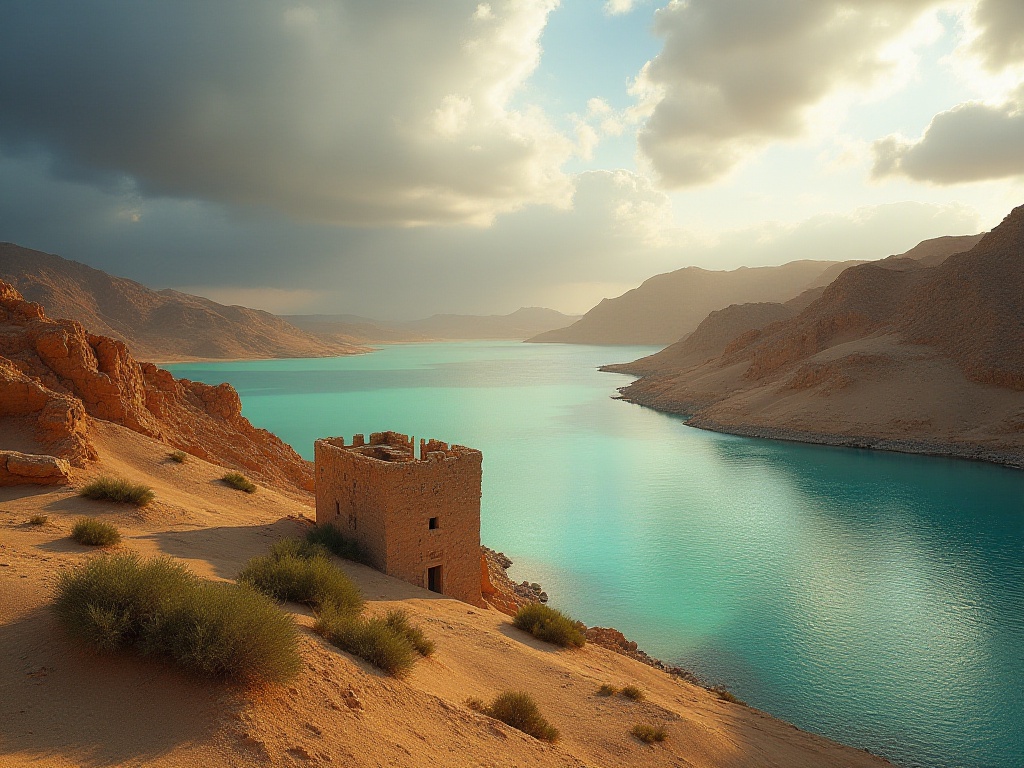
Culinary Experience
Speaking of Svalbard's cuisine, it's truly eye-opening. On this archipelago within the Arctic Circle, the variety and quality of food available was surprisingly impressive. Though restaurants are few in number, each has its unique characteristics.
Most impressive were the local specialties. Reindeer meat is a signature dish here, quite different from other meats we usually eat. It's tender with excellent flavor and very low fat content. At the most famous restaurant in Longyearbyen, I tried roasted reindeer meat served with local wild blueberry sauce, a unique combination that left a lasting impression.
Seafood is another local specialty. Arctic char is one of the most popular varieties, with tender meat rich in nutrients. Local chefs prepare char in various ways - steamed, grilled, and even as sashimi. Paired with local wild herbs, each dish has its distinct flavor.
What surprised me was that in this polar region, restaurants could offer fresh vegetables. It turns out some restaurants use hydroponic technology to grow vegetables, ensuring supply even during the polar night. These modern growing facilities allow residents in the Arctic Circle to enjoy fresh produce.
Special beverages are also worth mentioning. Local beer brewed with glacier meltwater has a crisp, unique taste. There are also juices and jams made from wild berries, preserving their original flavors. In the cold polar region, a hot cup of berry tea warms both body and soul.
The restaurant atmosphere is also special. Many restaurants place tables near windows, allowing diners to enjoy the aurora or midnight sun while eating. Some restaurants feature traditional Nordic interior design, with wooden furniture and warm lighting creating a cozy atmosphere.
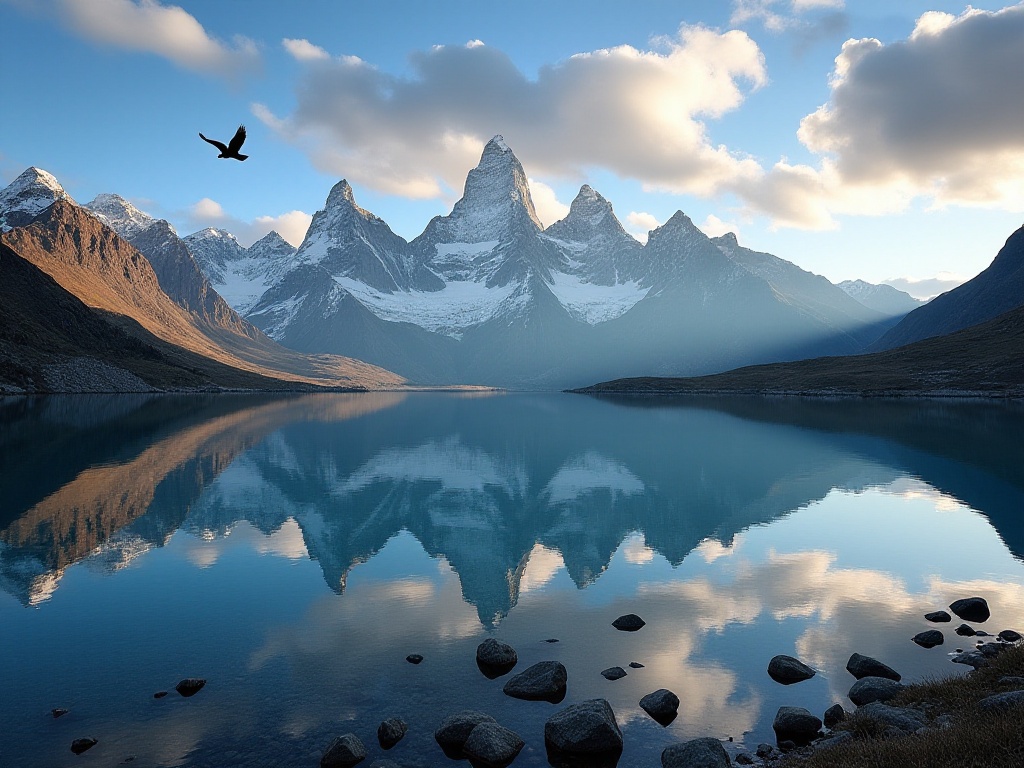
Deep Reflection
The experience in Svalbard was not just a journey but a profound contemplation. This land gave me a new understanding of the relationship between humans and nature. Here, humans seem so small, while nature's power is so mighty.
The ecosystem here is extremely fragile. Each species, each link, maintains a delicate balance. However, this balance is under threat. The rate of glacier retreat is worrying, affecting not only the local ecosystem but also global climate.
Tourism development brings new challenges. According to statistics, Svalbard received nearly 70,000 visitors in 2019, more than double the number from ten years ago. While tourism brings economic benefits, it also increases environmental pressure. How to develop tourism while protecting this pristine land is a question that needs serious consideration.
Local government and residents are actively taking measures to protect the environment. They've established strict environmental regulations, limit visitor numbers, and regulate tourist behavior. Every visitor must receive environmental education to understand how to minimize their environmental impact.
These experiences made me deeply realize that environmental protection isn't just one person's or region's responsibility, but humanity's collective responsibility. Every person's actions affect this fragile ecosystem.

Practical Tips
Based on my personal experience, here are some useful suggestions for reference. First, regarding the best time to travel. February to May is the optimal period to visit Svalbard, when you can see both the aurora and have enough daylight for outdoor activities.
Booking tickets and accommodation requires advance planning. It's recommended to start preparing at least six months ahead, as peak season tickets and accommodation are very tight. Special accommodations like ice hotels often need even earlier booking.
Insurance is essential. Polar travel involves certain risks, and comprehensive travel insurance provides more protection. Choose insurance products that include polar travel and emergency rescue coverage.
Regarding equipment selection, it's better to over-prepare than under-prepare. Besides the previously mentioned warm gear, also recommended are thermos bottles, high-energy food, and headlamps. Electronic devices need cold protection, preferably with specialized insulation cases.
If you want to photograph the aurora, it's recommended to learn some photography techniques in advance. Aurora photography requires special settings, including adjustments to aperture and shutter speed parameters. Also, prepare enough memory cards and batteries, as cold temperatures accelerate battery consumption.
Finally, always prioritize safety. In Svalbard, whether in town or wilderness, follow local safety regulations. Especially in areas where polar bears are active, always follow guide instructions and don't act independently.





